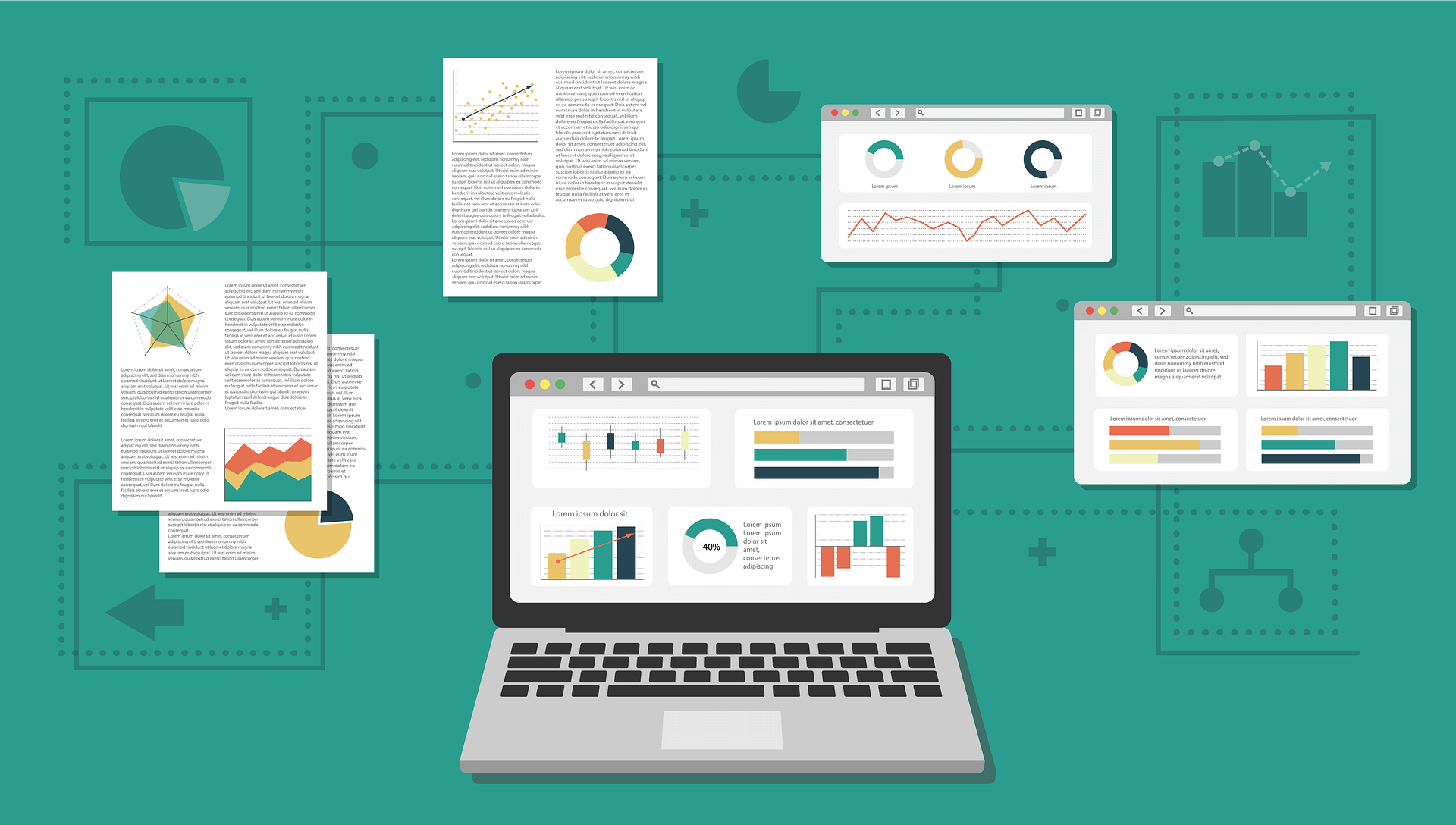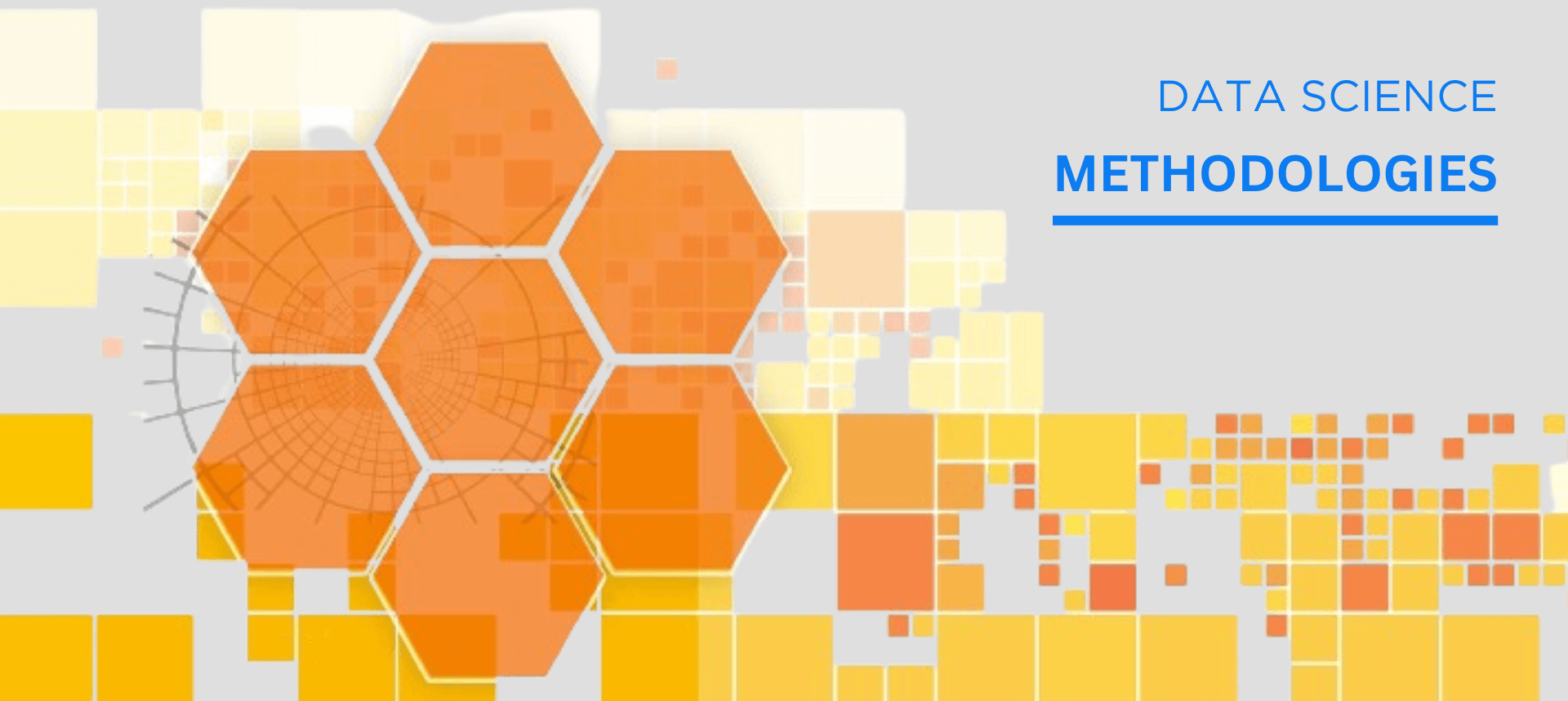- Introduction
- Defining Business Analytics
- Defining Data Analytics
- Business Analytics vs Data Analytics: Key Differences
- Overlapping Areas where Business Analytics and Data Analytics Converge
- Common Use Cases
- Skill Sets and Roles
- Challenges and Considerations
- Choosing the Right Path for Your Career
- The Future of Analytics: Emerging Trends and Technologies
- The Evolving Landscape of Analytics
- Conclusion
Introduction
In today’s data-driven world, the terms “Business Analytics” and “Data Analytics” are frequently used interchangeably, often leading to confusion. However, these two disciplines have distinct focuses, objectives, and applications, making it essential to understand their differences. In this differentiation Business Analytics vs Data Analytics, we’ll delve into the realms of Business Analytics and Data Analytics, shedding light on their unique characteristics, common ground, and the pivotal role each plays in decision-making and insight generation.
Defining Business Analytics
What is Business Analytics?
Business Analytics is the systematic exploration of an organization’s data to extract actionable insights for informed decision-making. It involves the use of various analytical techniques and tools to transform raw data into meaningful information. Business Analysts are responsible for utilizing these insights to guide the strategic direction of a company.
The Role of Business Analytics in Decision Making
Business Analytics plays a crucial role in guiding the decision-making process within organizations. By examining historical data, current trends, and relevant metrics, Business Analysts provide valuable input for strategic planning, resource allocation, and performance improvement. They act as a bridge between raw data and the executive decision-makers, enabling data-driven choices that can lead to improved profitability and efficiency.
Key Tools and Techniques
Business Analysts employ a range of techniques and tools to uncover patterns, trends, and relationships within data. Some of the key techniques include:
- Descriptive Analytics: This technique involves summarizing and interpreting historical data to gain a better understanding of past events and trends.
- Predictive Analytics: Business Analysts use statistical and machine learning models to forecast future outcomes based on historical data.
- Prescriptive Analytics: This advanced technique focuses on providing actionable recommendations to optimize decision-making.
In terms of tools, Business Analysts commonly use software such as Microsoft Excel, Tableau, and Power BI, along with programming languages like R and Python, to perform data analysis and visualization.
Defining Data Analytics
What is Data Analytics?
Data Analytics, on the other hand, is the process of examining and interpreting data to derive meaningful insights. It involves cleaning, processing, and analyzing data from various sources to uncover patterns, trends, and valuable information. Data Analysts specialize in transforming raw data into actionable knowledge.
Scope of Data Analytics
Data Analytics encompasses a broader scope than Business Analytics, as it focuses on data in various forms, such as structured and unstructured data. This includes data from sources like social media, websites, online marketplaces, and other sources, making it a versatile field capable of handling diverse data types.
Key Tools and Techniques
Data Analysts employ several techniques and tools to explore data effectively. Key methods and tools include:
- Data Cleaning and Preprocessing: Before analysis can begin, data must be cleaned and prepared, ensuring its quality and reliability.
- Exploratory Data Analysis (EDA): This technique involves visualizing and summarizing data to identify patterns, anomalies, and potential insights.
- Statistical Analysis: Data Analysts use statistical tests to make inferences and draw conclusions from the data.
- Machine Learning: This powerful tool allows for predictive modeling, clustering, and classification tasks using algorithms and models.
Data Analysts use software such as Python, R, SQL, and tools like Jupyter Notebook and Apache Spark to conduct data analysis and develop insights.
Business Analytics vs Data Analytics: Key Differences
Focus and Objectives
Business Analytics primarily focuses on using data to inform and support strategic business decisions. It emphasizes identifying trends, patterns, and metrics that can guide an organization’s overall goals and performance improvement. In contrast, Data Analytics is broader in scope, concentrating on extracting insights from data without a specific emphasis on strategic decision-making. Data Analysts aim to provide valuable information and knowledge, which can be used for various purposes.
Data Sources and Types
Business Analytics often relies on structured data from internal sources, such as sales data, customer information, and financial records. This data is usually well-organized and neatly formatted. Data Analytics, on the other hand, deals with both structured and unstructured data from diverse sources, including social media, websites, and sensor data. This diversity of data types makes Data Analytics adaptable to various industries and applications.
Decision-Making vs Insight Generation
Business Analytics is primarily concerned with supporting decision-makers by providing them with data-driven insights that can lead to strategic decisions. In contrast, Data Analytics focuses on generating insights from data, which can be used for a wide range of purposes, including product development, customer segmentation, and process optimization. Data Analysts often work to uncover insights without a direct link to decision-making at the executive level.
Scope and Applications
Business Analytics is more concentrated on specific business areas such as finance, marketing, and operations. It provides insights that are directly applicable to improving these areas. Data Analytics has a broader scope, and its insights can be applied across various departments and industries. It can help identify market trends, customer preferences, and operational efficiencies, making it a versatile tool for businesses.
Overlapping Areas where Business Analytics and Data Analytics Converge
While Business Analytics and Data Analytics have their distinctions, there are areas where these technologies overlap. Both disciplines involve data processing, analysis, and visualization. Additionally, they share common tools and techniques, including data cleaning, statistical analysis, and machine learning. These shared elements contribute to a strong synergy between the two fields.
Common Use Cases
Common use cases that involve both Business Analytics and Data Analytics include customer segmentation, churn prediction, and market basket analysis. For instance, a retail company might use Business Analytics to determine which products to stock in each store (data-driven decision-making) and Data Analytics to analyze customer purchase patterns (insight generation).
In the following sections, we will explore real-world applications, the skill sets and roles required for each field, challenges, case studies, and the future of analytics. This will provide a comprehensive understanding of both disciplines, allowing you to make an informed choice based on your career goals and interests.
Real-World Applications
Industry-Specific Applications for Business Analytics
Business Analytics is tailored to address the unique challenges and opportunities within various industries. In different sectors, Business Analytics plays a vital role in making data-driven decisions and optimizing processes. For instance:
- Healthcare: In healthcare, Business Analytics is used for patient outcome prediction, resource allocation, and cost optimization. Hospitals can analyze patient data to forecast demand, reduce readmissions, and improve the quality of care.
- Finance: Financial institutions leverage Business Analytics for risk assessment, fraud detection, and portfolio management. By analyzing transaction data and market trends, they can identify potential risks and opportunities.
- Retail: In the retail industry, Business Analytics aids in inventory management, sales forecasting, and customer segmentation. Retailers can use data to ensure they have the right products in stock, offer personalized promotions, and enhance customer experiences.
- Manufacturing: Manufacturers employ Business Analytics for process optimization, quality control, and predictive maintenance. By analyzing production data, they can reduce downtime, minimize defects, and optimize supply chains.
Industry-Specific Applications for Data Analytics
Like Business Analytics, Data Analytics is also a versatile discipline with applications across numerous sectors. Here are some industry specific examples:
- E-commerce: Data Analytics is vital in e-commerce for customer behavior analysis, personalized product recommendations, and shopping cart abandonment prediction. Retailers use data to enhance the online shopping experience and increase conversion rates.
- Social Media: In the field of social media, Data Analytics helps social media platforms understand user engagement, sentiment analysis, and content optimization. It aids in delivering relevant content and targeting ads more effectively.
- Energy: Data Analytics in the energy sector assists in energy consumption monitoring, grid management, and predictive maintenance of power infrastructure. It contributes to energy conservation and grid stability.
Skill Sets and Roles
Skills Required for Business Analysts
Business Analysts require a diverse skill set to excel in their roles. Key skills for Business Analysts include:
- Analytical Skills: The ability to analyze data, identify trends, and draw meaningful insights is fundamental.
- Communication Skills: Business Analysts must convey complex information to various stakeholders effectively.
- Problem-Solving: They need to identify business problems and develop solutions through data analysis.
- Domain Knowledge: Understanding the industry and business processes they work in is essential.
- Data Analysis Tools: Proficiency in tools like Excel, SQL, and data visualization software is crucial.
- Critical Thinking: Being able to assess situations, think critically, and make data-driven decisions.
- Project Management: Managing project timelines and priorities is often part of their role.
- Documentation: They need to document requirements, processes, and findings clearly.
These skills enable Business Analysts to bridge the gap between data and effective business strategies.
Skills Required for Data Analysts
Data Analysts need a specific skill set to excel in their roles. Key skills for Data Analysts include:
- Data Analysis Tools: Proficiency in programming languages like Python or R, as well as data manipulation and visualization tools.
- Statistical Knowledge: Understanding statistical concepts and methods for data analysis.
- Data Cleaning and Preprocessing: Skills in preparing data for analysis by handling missing values and outliers.
- Data Visualization: Creating clear and insightful data visualizations using tools like Tableau or Matplotlib.
- Domain Expertise: Familiarity with the industry or field they work in to interpret data effectively.
- Communication Skills: The ability to convey complex data findings to both technical and non-technical audiences.
- Problem-Solving: Identifying data-related problems and proposing solutions.
These skills enable Data Analysts to transform raw data into actionable insights, aiding in informed decision-making and driving business outcomes.
Challenges and Considerations
Both Business and Data Analysts face common challenges related to data quality issues, data privacy concerns, and the need for ongoing skills development. Ensuring data accuracy and completeness is a perpetual challenge, as it directly impacts the quality of insights. Privacy and compliance with data protection regulations are increasingly critical considerations. As technology evolves, analysts must continually update their skills to stay relevant. The ever-changing data landscape, along with the need for ethical data practices, requires a proactive approach to address these challenges effectively in both Business and Data Analytics domains.
Choosing the Right Path for Your Career
When considering a career in analytics, it’s essential to align your choice with your interests and strengths. If you enjoy working with data to support strategic decisions, Business Analytics may be your ideal path. If you have a passion for uncovering insights from diverse data sources, Data Analytics could be the better fit.
Both Business Analysts and Data Analysts can explore various career paths. Common job titles include Business Analyst, Data Analyst, Data Scientist, and BI Analyst. The specific roles and responsibilities may vary based on the organization and industry.
The Future of Analytics: Emerging Trends and Technologies
The field of analytics is constantly evolving, driven by advancements in technology and changing business needs. Some emerging trends and technologies in the analytics landscape include:
- Artificial Intelligence (AI) and Machine Learning: AI and machine learning are becoming central to analytics, enabling predictive and prescriptive analytics. These technologies can automatically identify patterns, make predictions, and provide actionable recommendations.
- Big Data Analytics: The growth in data volume and variety necessitates advanced big data analytics tools and techniques, allowing organizations to extract insights from massive datasets.
- Real-time Analytics: The need for instant insights is driving real-time analytics, enabling businesses to make rapid decisions based on up-to-the-minute data.
- Augmented Analytics: Augmented analytics combines machine learning and natural language processing to make data analysis and insights more accessible to non-technical users.
- Data Privacy and Ethics: With increasing data privacy concerns, there’s a growing focus on ethical data collection and analysis practices, including compliance with regulations like GDPR.
- IoT Analytics: The Internet of Things (IoT) generates vast amounts of data from connected devices, leading to the rise of IoT analytics for extracting valuable insights.
- Explainable AI: As AI systems become more complex, the need for explainable AI is growing, allowing users to understand the reasoning behind AI-driven decisions.
These emerging trends and technologies are shaping the future of analytics, providing organizations with powerful tools to gain deeper insights, optimize processes, and make more informed decisions.
The Evolving Landscape of Analytics
The role of analytics is undergoing a profound transformation in response to shifting business needs and technological advancements. There is a surging demand for data-driven decision-making across all industries. Analytics is evolving from being a descriptive and diagnostic tool to encompass predictive and prescriptive capabilities. Businesses are leveraging advanced analytics to proactively forecast trends, optimize operations, and make recommendations that lead to more informed, agile, and strategic decisions. Additionally, the integration of real-time data, artificial intelligence, and machine learning is enabling organizations to adapt swiftly to changing market dynamics, ultimately driving competitive advantage and innovation in an increasingly data-centric world.
Conclusion
In conclusion, Business Analytics and Data Analytics are two closely related yet distinct fields that play vital roles in harnessing the power of data. Understanding their differences and commonalities is crucial for making an informed choice in your career or for leveraging these disciplines in your organization. Whether you choose the path of Business Analytics or Data Analytics, the future holds tremendous opportunities for those who can unlock the potential of data-driven insights.





